Elbows, Wrists, and Hands
The same thought process that goes into clearing lower body issues applies to the joints of the upper body. Why? Because the bone structures are very similar.
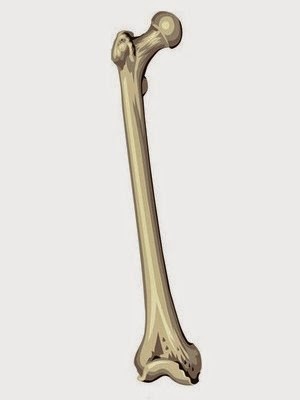 |
| femur (thigh) |
 |
| hand |
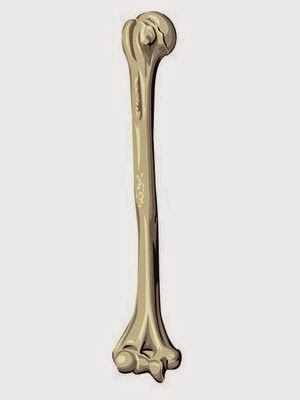 |
| humerus (upper arm) |
The wrist is more mobile than the ankle
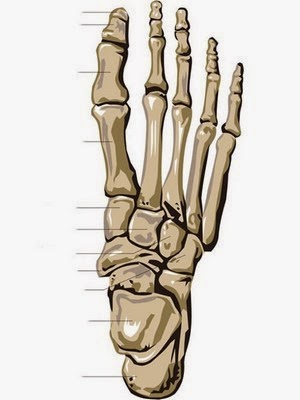 |
| foot |
because of the smaller size and number of
wrist bones (carpals)
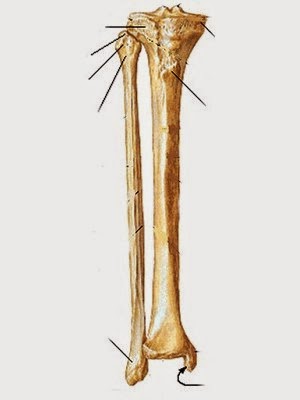 |
| tibia and fibula (lower leg) |
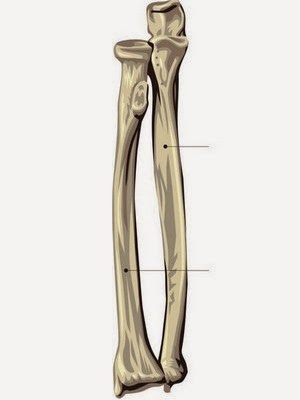 |
| radius and ulna (lower arm) |
ELBOWS
The elbow is a hinge joint, much like the knee. It’s job is flexion and extension. If you have elbow issues, the first question to ask is do you have full flexion and/or extension? Are you hyperextended?
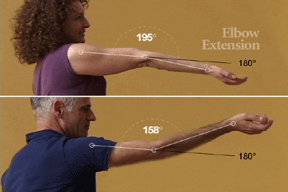 |
| photo credit: yinyoga.com |
Straight or extended would mean 180-degrees. The lady in the top picture pops her elbow up beyond. This is hyper extension. Hinge joints should be relatively stable. Extending past normal, especially loaded or with weight, can lead to issues. Just because you can do something doesn’t mean you should.
WRISTS
The wrist acts like the ankle. These sliding joints connect stabilizers. They can flex and extend both linearly and laterally. They are meant to be mobile enough to allow for grasping and gripping to the ground. Wrist complications tend to stem from keeping the wrist extended while asking the fingers to flex (think typing/ computing). Like the feet should drive the ankle, the hands should lead the wrist, not pull opposite.
 |
| photo credit: smehealthandsafety.co.uk |
To work on full flexion and extension of the wrists, alternate between palm up and palm down sitbacks. These could also be done on a table to lighten the load aiding maximum range of motion.
Not sure what these are called, as I nabbed them from the intelligent Aaron Hague. I will call them Aaron Wrist Rolls until he corrects me.
HANDS
Other than ensuring you have a tight, secure grip (I will devote an entire post to gripping soon), one of the big ideas regarding hand health has to do with treating hands like feet. The stability of the feet comes from creating an arch. When hands are on the floor, acting as feet, you also want to create the same type of support.
 |
| Passive, flat hand |
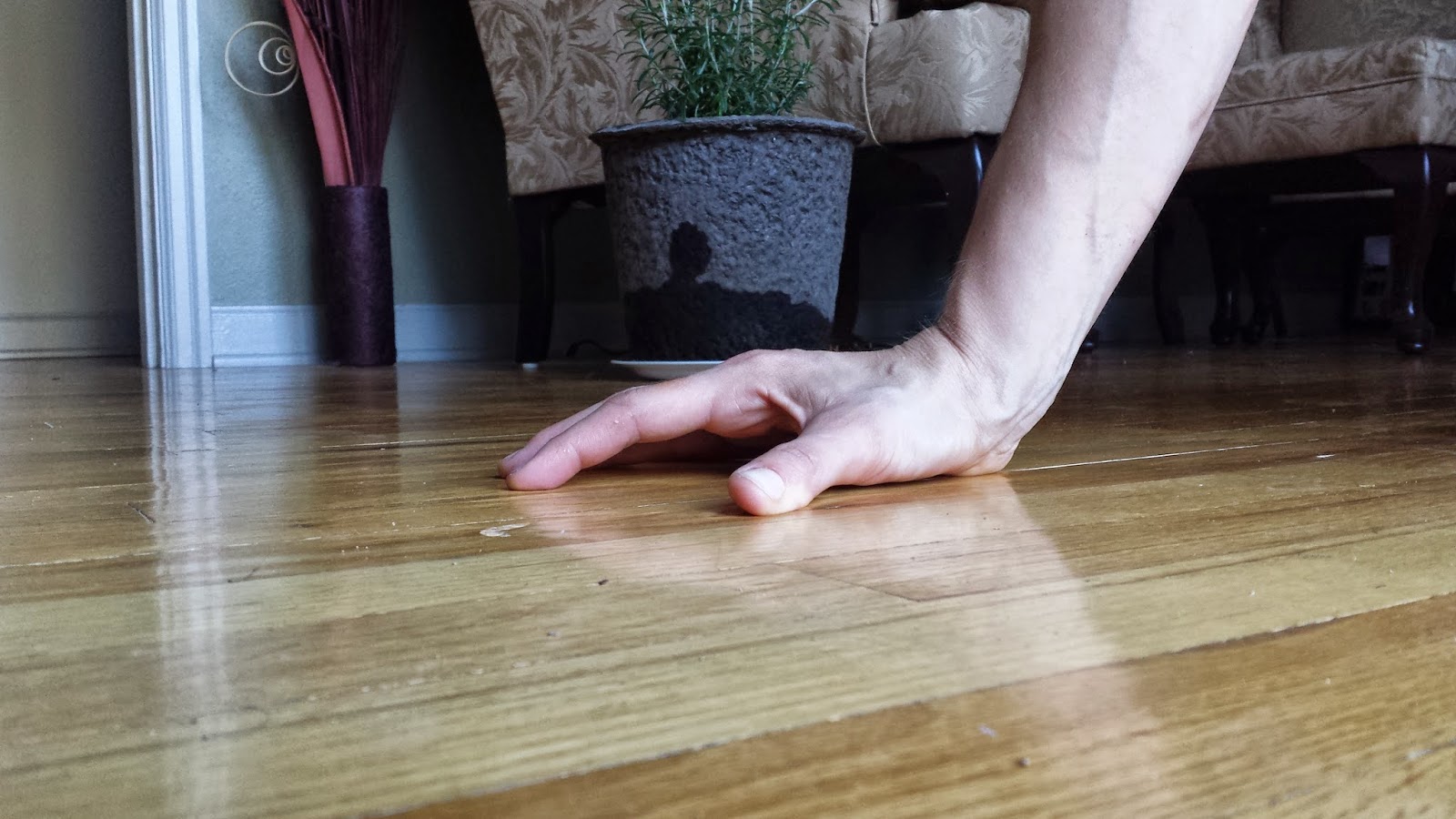 |
| Active, arched hand |
Weight should be on the outside ridge and heel of palm. The fingers are spread out and ‘shortened’ to grip floor and create a strong, stable surface. They integrate the shoulders as the feet activate the butt. Try this positioning when doing hands down movements (push ups!) to feel an immediate difference.TO REVIEW:
- The arms mimic the legs in structure and function.
- The elbows are a hinge joint, meant for flexion and extension. Too much extension can be just as problematic as too little.
- Any rotation happening below the glenohumeral (shoulder) joint occurs from the radius and ulna in the lower arm.
- The wrists are meant to flex and extend, both front to back and side to side
- You can manipulate the fingers to make movement easier or harder on the wrists
- When on the floor or pushing against a flat surface, hands should arch like feet





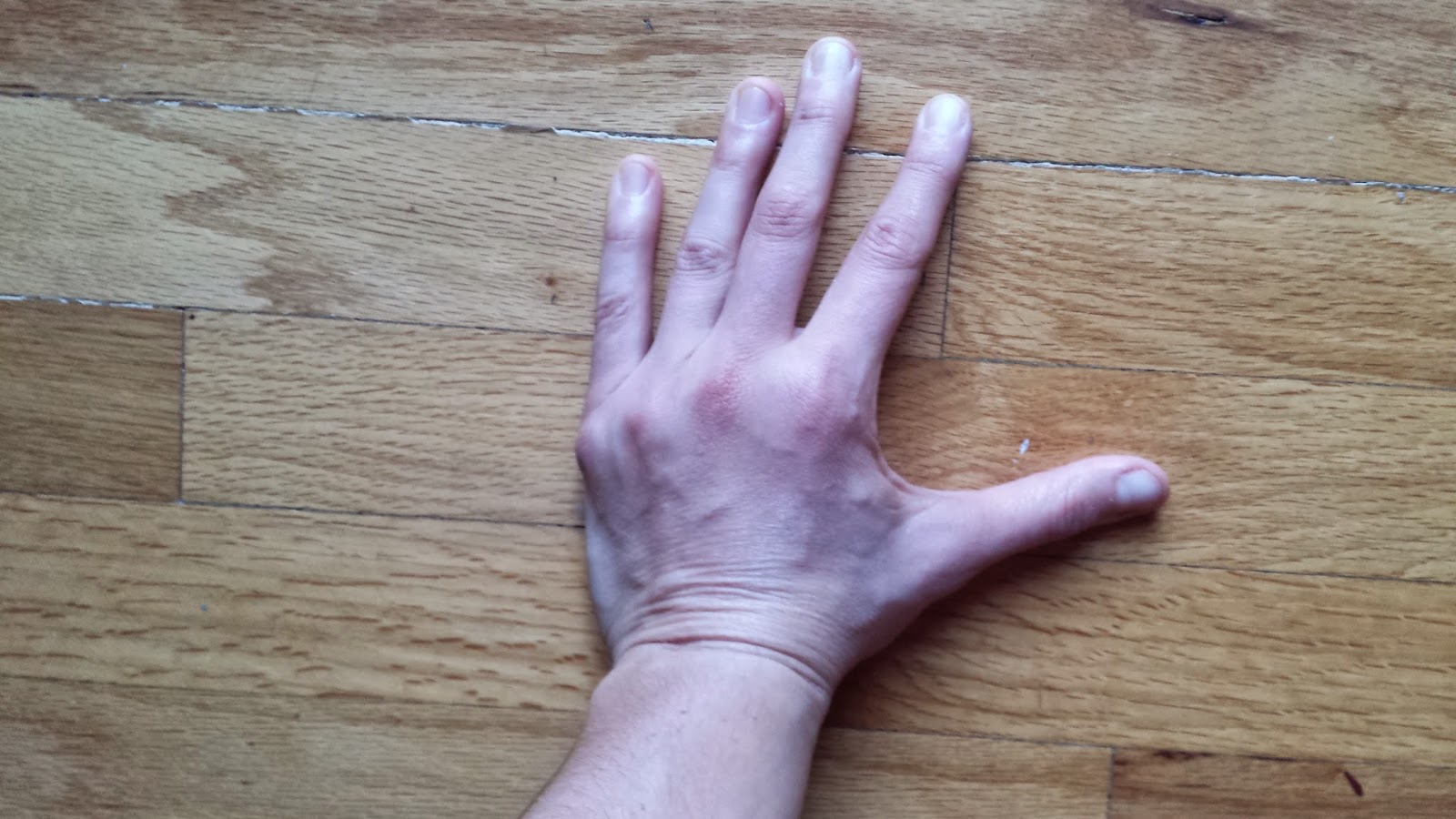
I had to watch your instagram video three times to figure out exactly what your wrists were doing. But this all now makes sense
I’ve been enjoying reading your blog, but you’re completely wrong about hand positions.
Firstly, feet. Feet make an arch, but the arch is between the first (heel) and second (metatarsals) points of contacts. The toes are the third. If you’re going to mimic the foot with your hands, then your first knuckles need to press firmly into the ground, and the “arch” is like a suctioning under your palm.
Your “arched hand” may well feel better, because your resting on a fresh part of the joint. It feels better for me too, and most other people, until it starts to hurt. The equivalent foot position is resting on the outside edge with only your toes and heel touching.
Pushing your first knuckles into the ground is hard, and requires strong wrists. There is a reason the first knuckle pushup is considered the most important wrist strengthening exercise for handstands (talk to Summers, or Ido, or Yuri, or Miguel, or basically anyone).
CHRIS – Thank you for taking the time to post and voice your opinion. I stand by my thoughts in the post in that it/they are techniques that can be helpful. None of this, however, will work for everyone and/or under all conditions or circumstances. Everything listed on this blog are suggestions on things to try, not absolutes for everyone. No such ‘one-in-all’ tactic exists.
My elbows acre from morning 2 night. Any advice please.??
This is a huge question. Start with noticing their position and how you use/ load them. Does it hurt more when you bend or straighten them? If you do more with your hands/ wrists or shoulders, does it lessen the stress/ discomfort in the elbow?